Blockchain technology is often associated with cryptocurrencies like Bitcoin, but its potential extends far beyond digital currencies. In the realm of education, blockchain can revolutionize how we manage and share information. Let’s explore the various ways blockchain can be integrated into educational systems, benefiting students, parents, and educators alike.
What is Blockchain?
At its core, blockchain is a decentralized digital ledger that records transactions across multiple computers. This ensures that the recorded data cannot be altered retroactively, providing a high level of security and transparency. Imagine a digital notebook that everyone in your class can see and contribute to, but no one can erase or tamper with the notes once they’re written. That’s blockchain in a nutshell.
Decentralization
One of the key features of blockchain is decentralization. Unlike traditional databases that are controlled by a single entity, blockchain operates on a peer-to-peer network. This means that no single person or organization has control over the entire blockchain, making it more secure and less prone to fraud.
Immutability
Another important aspect of blockchain is immutability. Once a transaction is recorded on the blockchain, it cannot be changed or deleted. This is akin to writing in ink rather than pencil; once it’s down, it’s permanent. This feature is particularly useful in education for maintaining the integrity of academic records.
Transparency
Transparency is another significant advantage of blockchain technology. Since all transactions are recorded on a public ledger, anyone with access can verify the data. This level of transparency can help build trust among students, parents, and educators, ensuring that everyone is on the same page.
How Can Blockchain Improve Education?
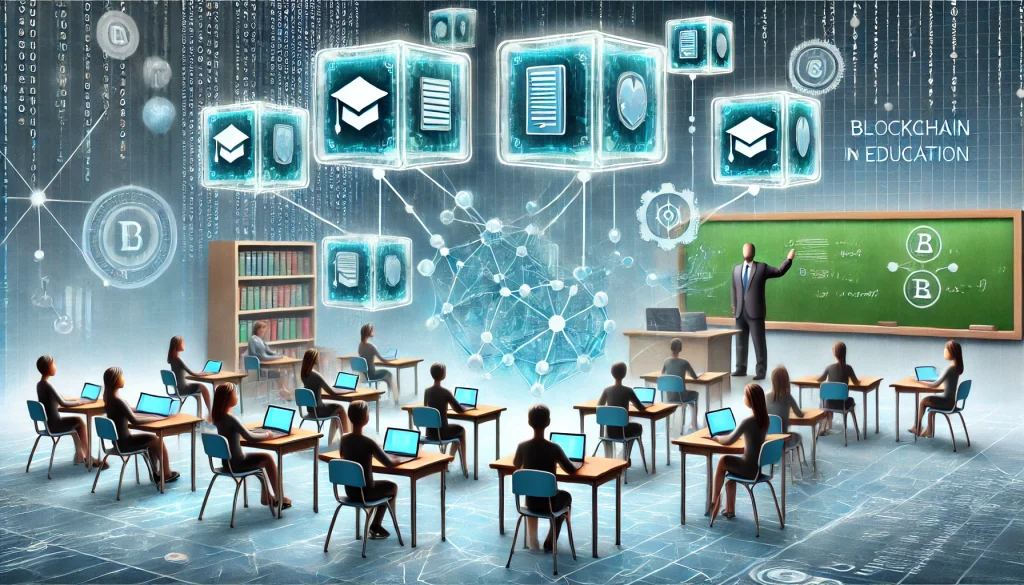
Blockchain technology offers numerous benefits that can enhance the educational experience. From secure record-keeping to streamlined administrative processes, the possibilities are endless.
Secure Academic Records
One of the most promising applications of blockchain in education is the secure storage of academic records. Traditional methods of record-keeping are susceptible to errors and fraud. With blockchain, academic records can be securely stored and easily verified, reducing the risk of tampering and ensuring the authenticity of credentials.
Streamlined Administrative Processes
Administrative tasks such as student enrollment, course registration, and fee payments can be cumbersome and time-consuming. Blockchain can streamline these processes by providing a secure and transparent platform for managing administrative tasks. This can save time and reduce the administrative burden on educators and institutions.
Enhanced Learning Experiences
Blockchain can also enhance the learning experience by providing a platform for the secure sharing of educational resources. Teachers can upload lesson plans, assignments, and other materials to the blockchain, ensuring that students have access to the most up-to-date information. Additionally, blockchain can facilitate collaborative learning by allowing students to contribute to shared resources.
How Can Blockchain Help Students?
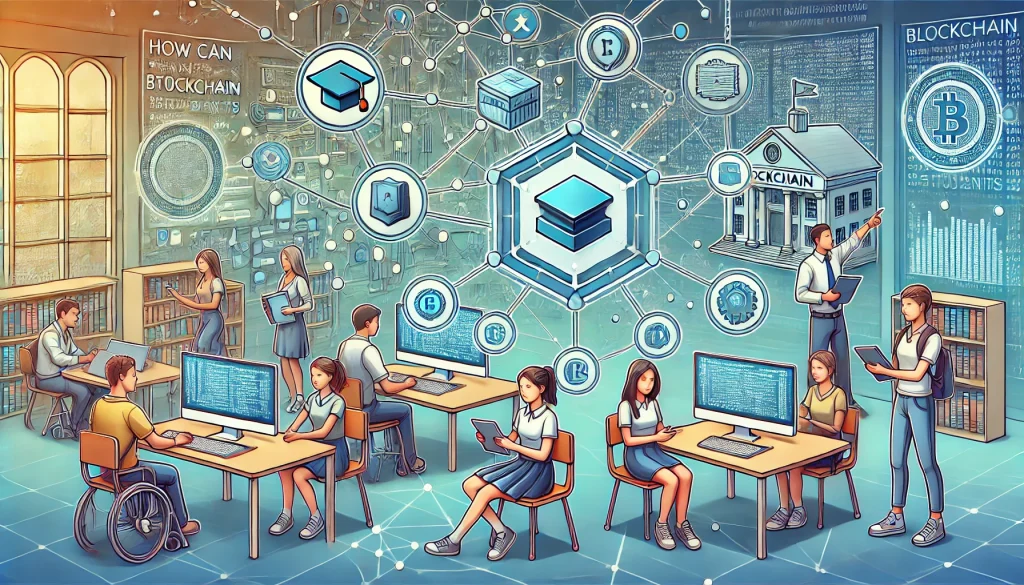
Blockchain technology can offer several benefits specifically tailored to students, making their educational journey smoother and more efficient.
Verified Credentials
One of the most significant advantages for students is the ability to have their academic credentials verified quickly and securely. This can be particularly useful when applying for higher education or jobs, as employers and institutions can easily verify the authenticity of a student’s qualifications.
Personalized Learning
Blockchain can also support personalized learning by providing a secure platform for storing and sharing student data. This data can be used to create personalized learning plans tailored to each student’s strengths and weaknesses, helping them achieve their full potential.
Financial Aid and Scholarships
Applying for financial aid and scholarships can be a complex and time-consuming process. Blockchain can simplify this by providing a transparent and secure platform for managing financial aid applications and disbursements. This can help ensure that students receive the financial support they need in a timely manner.
Blockchain for Different Student Age Groups
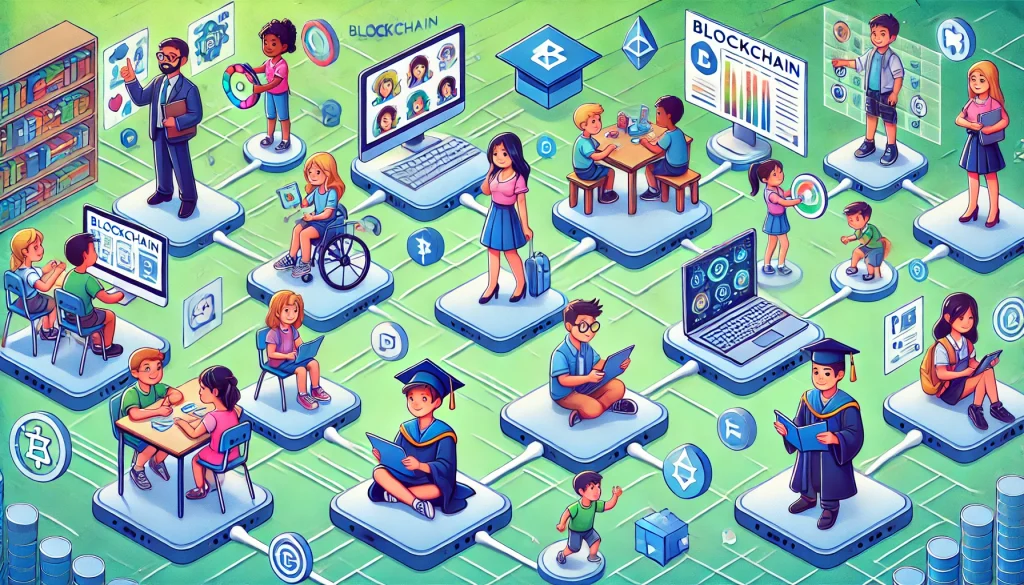
Ages 4-7
For younger students, blockchain can be used to create a secure and transparent platform for tracking attendance and participation. This can help teachers and parents monitor a child’s progress and ensure they are receiving the support they need.
Ages 7-11
As students get older, blockchain can be used to track academic achievements and milestones. This can help students and parents see a clear record of their progress and identify areas where additional support may be needed.
Ages 11-14
In middle school, blockchain can be used to facilitate collaborative learning projects. Students can work together on assignments and projects, with their contributions securely recorded on the blockchain. This can help foster a sense of teamwork and accountability.
Ages 14-16
For high school students, blockchain can be used to manage course registrations and track academic performance. This can help students plan their educational journey and ensure they are meeting the requirements for graduation.
Ages 16-18
For older students, blockchain can be used to manage college applications and verify academic credentials. This can help streamline the application process and ensure that students’ qualifications are accurately represented.
Post-Secondary Students
Blockchain technology offers post-secondary students a secure and efficient way to manage and share their academic credentials. Instead of relying on physical documents and third-party verification, students can store their diplomas, transcripts, and certificates on a tamper-proof digital ledger. This makes it easy to share verified credentials with employers and institutions, reducing the risk of fraud and simplifying the process of transferring credits between institutions.
Additionally, blockchain enables institutions to issue digital badges and micro-credentials for specific skills, allowing students to build a verifiable portfolio that showcases their competencies. This empowers students to take control of their learning journey and better align their education with their career goals, opening up new possibilities for professional development.
Implementing Blockchain in The Classroom
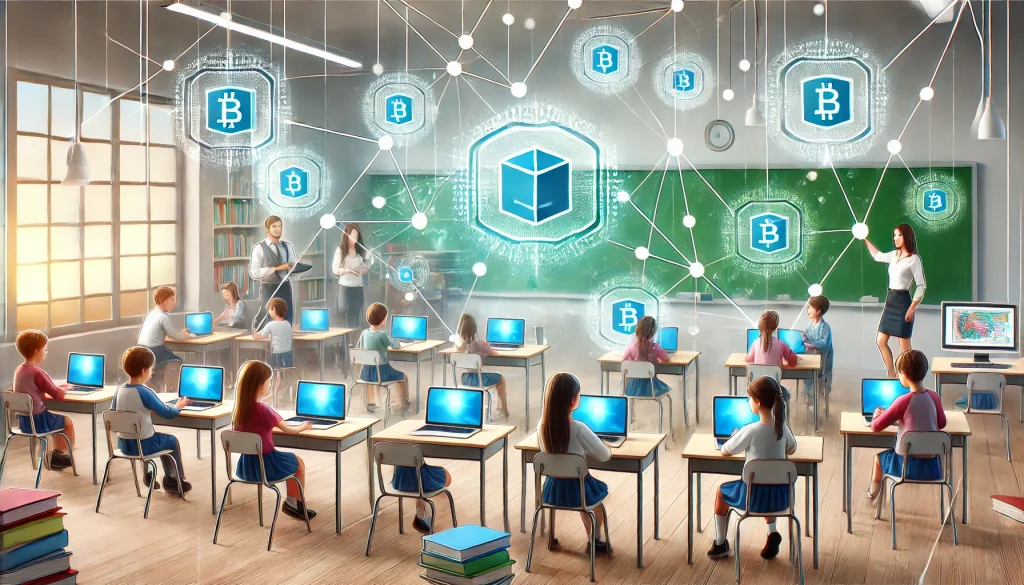
Integrating blockchain technology into the classroom can seem daunting, but with the right approach, it can be a seamless process. Here are some steps to consider.
Start Small
Begin by implementing blockchain in a small, manageable way. For example, you could start by using blockchain to track attendance or manage assignments. This will allow you to get a feel for the technology and see how it can benefit your classroom.
Educate Yourself and Your Students
Before implementing blockchain, it’s important to educate yourself and your students about the technology. This can help ensure that everyone understands how it works and how it can be used effectively. Consider hosting a workshop or seminar to introduce the concept of blockchain to your students.
Collaborate with Other Educators
Collaborating with other educators can help you learn from their experiences and get new ideas for how to use blockchain in your classroom. Consider joining a professional network or online community where you can share tips and best practices with other educators.
Blockchain in Education: Resources and Tips
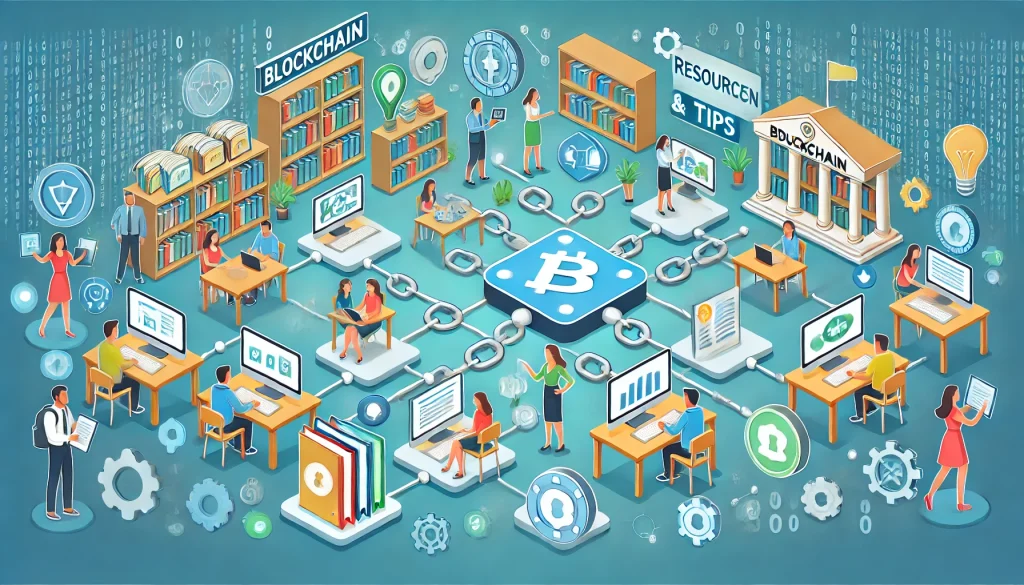
There are numerous resources available to help you learn more about blockchain and how it can be used in education. Here are some tips and resources to get you started.
Online Courses
There are many online courses available that can help you learn more about blockchain technology. Websites like Coursera and Udemy offer courses on blockchain that are specifically tailored to educators.
Books and Articles
There are also many books and articles available that can provide valuable insights into how blockchain can be used in education. Consider reading “Blockchain Revolution” by Don and Alex Tapscott or “Blockchain Basics” by Daniel Drescher to get started.
Professional Networks
Joining a professional network or online community can help you connect with other educators who are interested in blockchain. Websites like LinkedIn and Reddit have groups and forums where you can share tips and best practices with other educators.
Conclusion
Blockchain technology is poised to transform the educational landscape by addressing some of the most persistent challenges faced by students, educators, and institutions. From ensuring the security and authenticity of academic records to facilitating more personalized and flexible learning pathways, blockchain offers a robust and innovative solution that aligns with the evolving needs of modern education.
For students, blockchain provides greater control over their educational achievements, empowering them to manage and share their credentials with ease. This is particularly valuable in a globalized world where students often need to prove their qualifications across borders, whether for higher education, employment, or professional licensing. The ability to instantly verify academic records not only saves time but also enhances the credibility of qualifications, reducing the risk of fraudulent claims.
Educators and institutions, on the other hand, benefit from the efficiency and transparency that blockchain brings to administrative processes. Whether it’s simplifying credit transfers, managing student records, or issuing digital diplomas and certificates, blockchain can significantly reduce administrative burdens and costs. Moreover, the technology’s potential to support new forms of credentialing, such as micro-credentials and digital badges, opens up opportunities for institutions to offer more tailored and relevant educational programs that meet the needs of a diverse student population.
As education continues to evolve in response to technological advancements and shifting societal demands, blockchain stands out as a key enabler of this transformation. By fostering trust, security, and efficiency, blockchain not only enhances the quality and accessibility of education but also paves the way for a more equitable and inclusive learning environment. As more institutions and stakeholders recognize the benefits of integrating blockchain into education, we can expect to see widespread adoption that will reshape the future of learning for generations to come.
In summary, while the implementation of blockchain in education is still in its early stages, its potential impact is profound. The technology holds promise not just for improving current practices but for fundamentally redefining how education is delivered, experienced, and valued. As educators, policymakers, and technologists continue to explore and develop blockchain applications, the possibilities for innovation in education are virtually limitless. The future of education, powered by blockchain, is one where students are at the center, with their achievements securely recognized and their learning paths uniquely tailored to their aspirations.
Frequently Asked Questions
What is blockchain?
Blockchain is a decentralized digital ledger that records transactions across multiple computers. It ensures that the recorded data cannot be altered retroactively, providing a high level of security and transparency.
How can blockchain improve education?
Blockchain can improve education by providing secure storage for academic records, streamlining administrative processes, and enhancing the learning experience through the secure sharing of educational resources.
How can blockchain help students?
Blockchain can help students by providing verified credentials, supporting personalized learning, and simplifying the process of applying for financial aid and scholarships.
How can blockchain be implemented in the classroom?
Blockchain can be implemented in the classroom by starting small, educating yourself and your students about the technology, and collaborating with other educators to share tips and best practices.
What resources are available to learn more about blockchain in education?
There are many resources available to learn more about blockchain in education, including online courses, books and articles, and professional networks and online communities.
